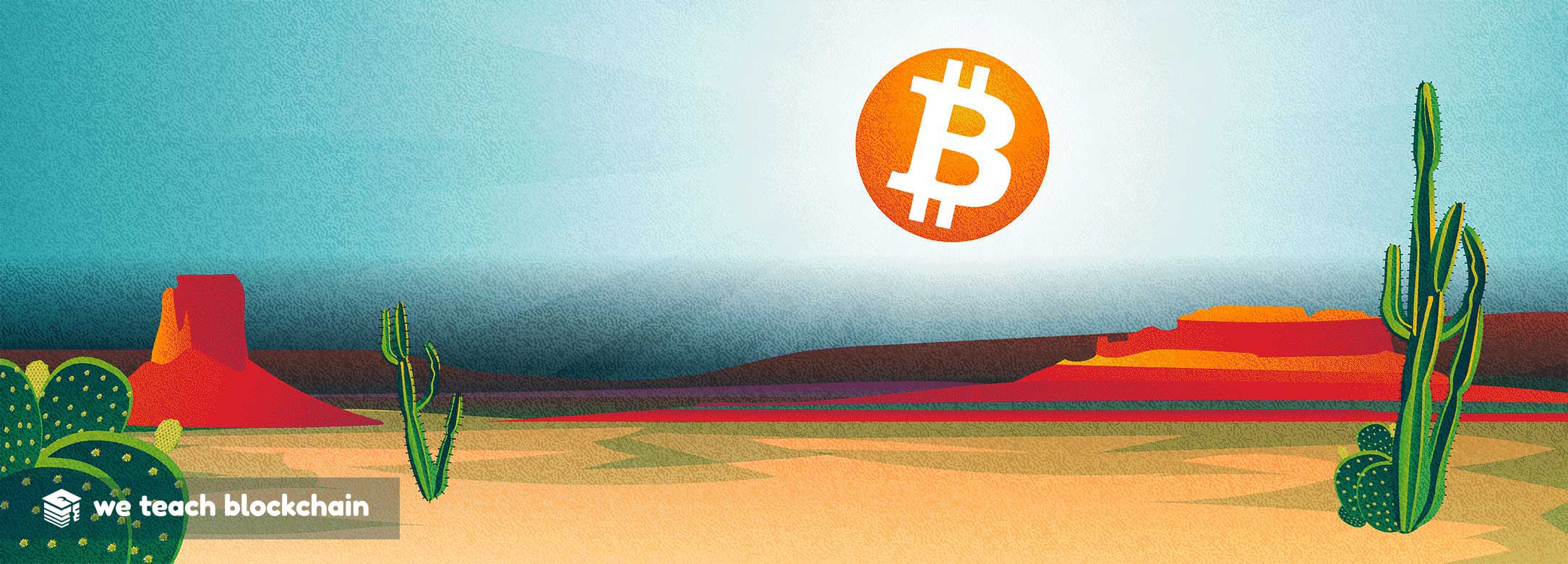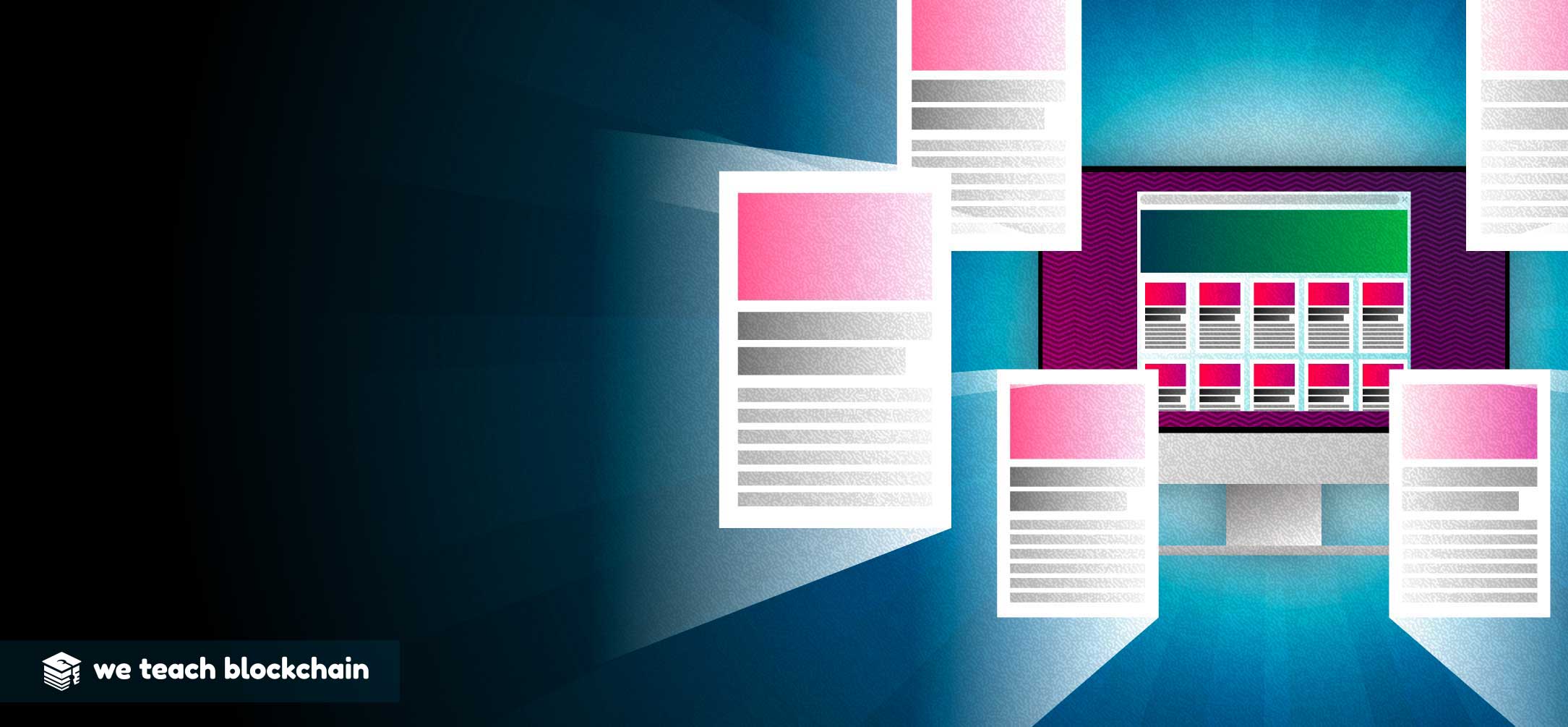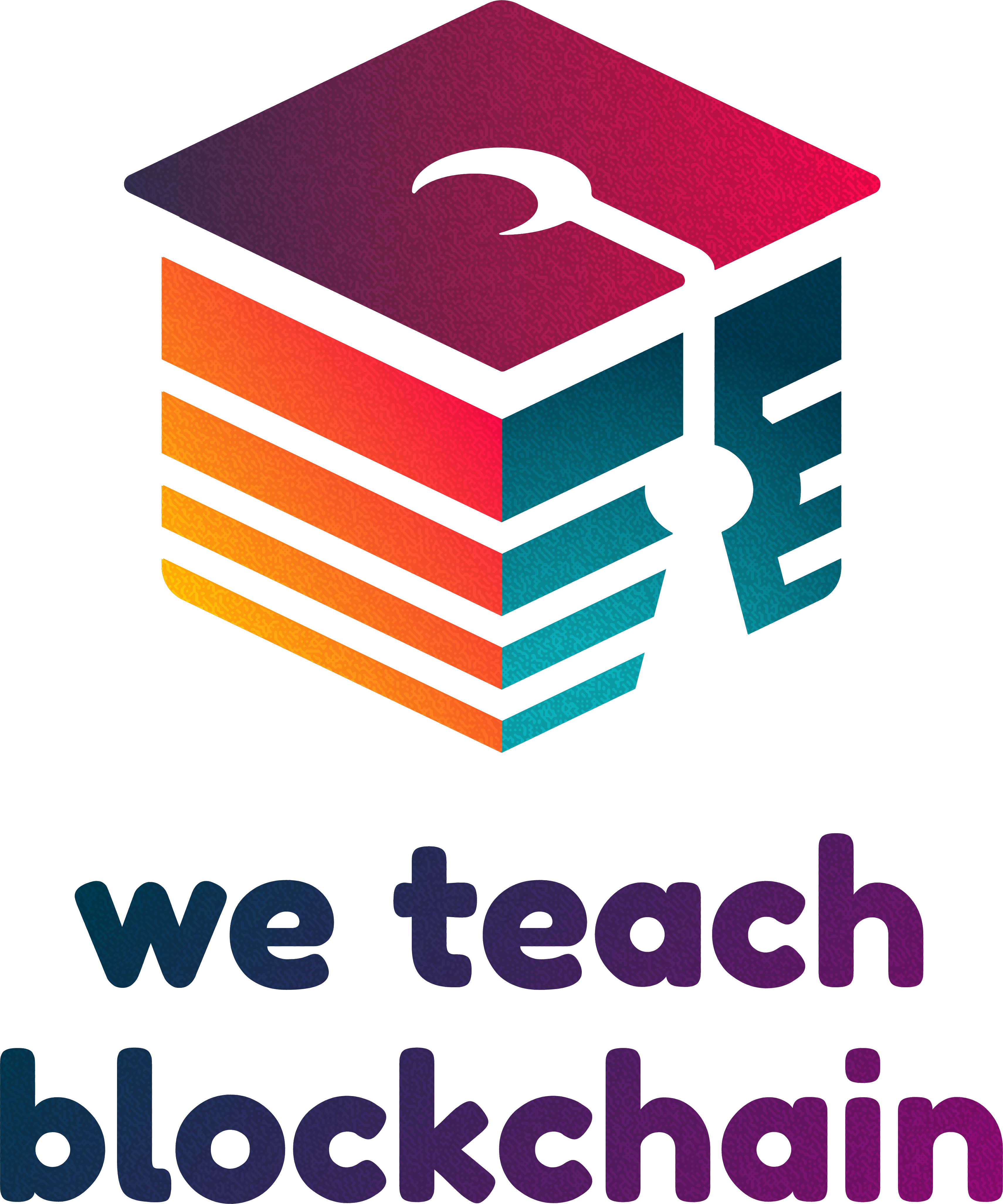While blockchains have shown promise, many have been attracted to the technology because of its first application, Bitcoin. It’s tough to ignore bitcoin’s increase in price over time, going from a matter of cents to thousands of dollars in less than a decade. The variations in price have led to speculators trying to make money by trading (or holding) bitcoin and other cryptocurrencies.
This phenomenon was illustrated several times over during 2017 and 2018, a period that saw between four and five billion dollars invested by way of a new fundraising method. Usually done by using the Ethereum Blockchain, this fundraising method became known as an Initial Coin Offering (ICO). Like an Initial Public Offering (IPO), an ICO allows investors a first opportunity at buying some newly introduced tokens. By the end of 2017, several ICOs were being conducted each day. ICOs tended to bring in millions of dollars, however, some projects got creative with their fundraising. For example, EOS, a blockchain that allows for the development of dApps, held an ICO a day for a full year, bringing in over four billion dollars. As mentioned, most ICOs were conducted on Ethereum’s blockchain.

The early days of ICOs were like the wild west, with very few regulations. This allowed unaccredited investors to get into the action. However, this has since changed as the United States’ Securities and Exchange Commission has made a clear stance of the sale of cryptocurrencies that may be considered a security. As a result, basic compliance such as Know Your Customer and Anti-Money Laundering laws have largely been instituted for American investors and cryptocurrency exchanges located in that jurisdiction. Despite these restrictions, 2018 saw ICOs continue to be a popular method of raising funds and distributing tokens. The sucessive years have seen the SEC retroactively label some tokens as securities and forced the projects to return all ICO funds. Most have learned their lesson and seek some accredidation via regulation before conducting an ICO.
BANKING
Sending money across international borders is commonplace, however, the associated fees are exorbitant. Bitcoin has already proven to be an inexpensive but efficient way to send money across the globe. Banks and wire transfer services can take up to a 20% remittance fee. Additionally, Bitcoin network fees are determined by the size of the data being transacted instead of the amount transferred. Transfer fees can be drastically cut by using cryptocurrency and a blockchain. Sending a large amount of value costs dollars, if not cents, in fees. Several economies are in crisis around the world, including Venezuela. The bolivar has become massively inflated, and there are several accounts of individuals surviving off of Bitcoin transfers from family or friends outside Venezuela’s borders.
AUDITS AND ASSURANCE
Tax law is complex and leads to expensive and time-consuming audits. A blockchain could take assurance to a higher level, as it provides transparency and detailed records. Instead of taxes being filed yearly, a blockchain-based accounting system could settle records in a significantly shorter amount of time. For many, the laws surrounding taxation can be difficult to navigate, so any implementation of blockchain technology may face several practical and regulatory obstacles. Decentralized technologies are slowly making their way into the institutions that surround us. Decentralized technology, at its root, is all about shifting the concentration of power or access from the few to the many. Finance is no exception, as its introduction to decentralized technology has resulted in projects that provide more access to the financial services that were restricted by borders and economic barriers.
DECENTRALIZED FINANCE
Traditional barriers to economic activity result in friction that makes transacting difficult and expensive. The launch of Bitcoin in 2009 was the first trustless means of digital transaction. Third parties have thrived on facilitating these transactions, resulting in exorbitant costs and financial gatekeeping. Decentralized finance is changing this paradigm. Lending, trading, and investing have long been restricted to accredited institutions or individuals. While there are reasons and advantages to this system, the fact remains that these barriers restrict markets, creating interference where none is due or warranted. Decentralized projects, while still required to abide by required regulations, lowers previous barriers to lending and investing. Decentralized technology has forced us to reconsider our traditional approaches to finance. The creation of viable token economies and widely accessible applications have made this a reality.
The availability of capital has reached new heights with decentralized finance. A loan applicant is no longer at the mercy of a bank, making them much more likely to find a lender. Half of the world lacks basic banking services. Many countries have been completely neglected and have been stuck in a developing stage without gaining any real progress. Microloans have shown that they can greatly impact local and regional economies, and have lifted thousands out of poverty as a result. More of these opportunities will be facilitated by decentralized financial protocols, allowing a more inclusive global economy that addresses those who have been long neglected.

You can’t address decentralized finance and leave out stablecoins. The popularization of these fiat-backed cryptocurrencies has allowed for greater awareness and accessibility of the cryptocurrency ecosystem, including Decentralized Finance (DeFi) projects. Institutions have even started creating their own stablecoins as a means of entering the market. Traditional finance is slowly embracing decentralized finance, not because of choice, but because of the financial opportunity they would otherwise be missing out on. While this is a positive sign for decentralized technology, it comes with a price. Traditional financial institutions might have a large role in shaping the DeFi landscape, possibly undermining the decentralized principles that blockchains were built upon.
Now that you’ve learned the basics of cryptocurrency markets, we’ll explore the process of buying, selling, and trading of cryptocurrency.




